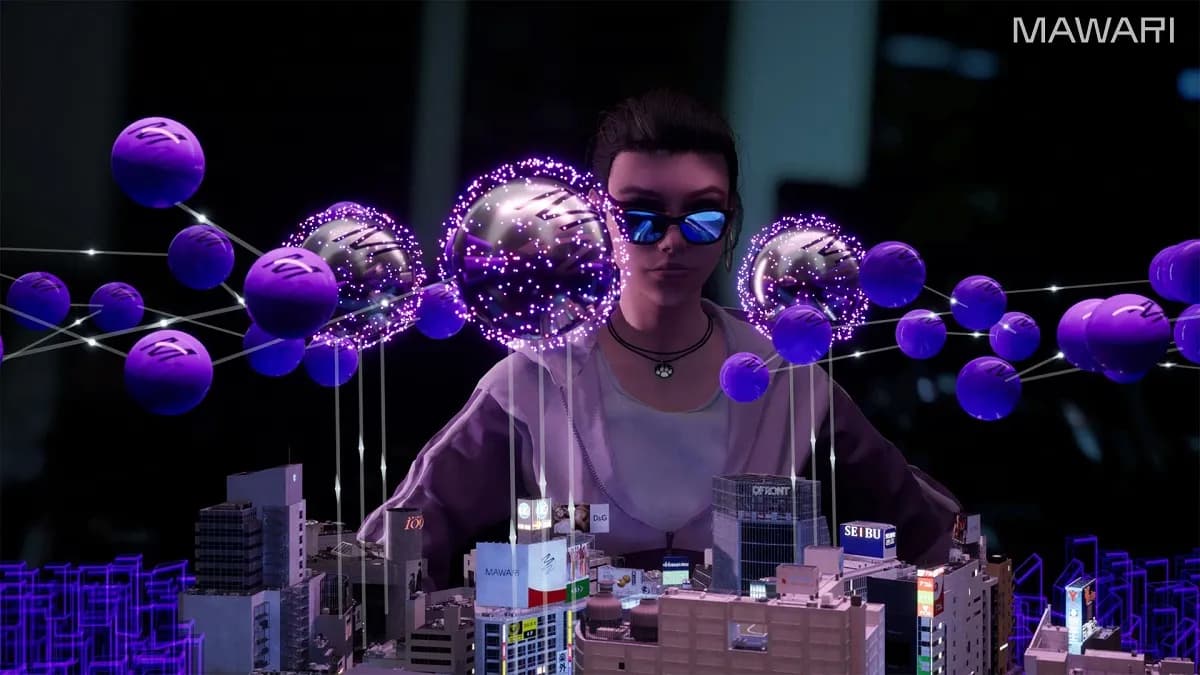Welcome back to AWE Talks, our series that revisits the best of AWE’s conference sessions. With AWE USA 2024 recently concluded, we have a fresh batch of footage to keep us busy for weeks to come.
We continue the action this week with a look at the infrastructure needed to achieve XR's promise. How will 3D content be streamed reliably to devices? Do we need to rethink the entire rendering and delivery pipeline?
See the summarized takeaways below, along with the full session video. Stay tuned for more video highlights each week and check out the full library of AWE USA 2024 sessions on AWE’s YouTube Channel.
Speakers
Luis Ramirez, Mawari
– Consumers are conditioned to expect multimedia content to be streamed reliably.
– Netflix created this expectation... which XR will inherit for better or worse.
– Meanwhile, most XR content is delivered through systems built for 2D content.
– Or they were built for 3D content (e.g., first-person shooters) to render on 2D screens.
– For example, pixel streaming such as cloud gaming was built for such experiences.
– But in XR, the needs are different, such as rendering content for dimensional spaces.
– Issues persist such as latency, reliability, and performance (e.g., proper occlusion).
– These issues result from a combination of file sizes and suboptimal infrastructure.
– Consequently, the unique dynamics of 3D are better served by native delivery systems.
– For example, the rendering pipeline decides where and when content is rendered.
– Questions include, what parts should be rendered in the cloud versus on-device?
– Meanwhile, other AR functions such as scene mapping need to factor in.
– Altogether it requires rendering and delivery systems that are built natively for XR.
– This is what Mawari has built, including a rendering pipeline and delivery network.
– The former has been packaged up into its Spatial Streaming SDK for developers.
– The latter is the Mawari Network: a CDN designed with the needs of 3D content.
– The network includes geographically distributed GPUs and storage resources.
– This is otherwise scarce in terms of adequate GPUs at the network edge.
– Adding additional value is Mawari's codec for lossless 3D file compression.
– This further optimizes XR delivery by lessening the heavy lifting for file streaming.
– Another key component is a split-rendering system that balances the load.
– For example, 3D elements stream from the cloud while devices handle other tasks.
– Those on-device tasks can include things like scene mapping for AR experiences.
– The end result is streamed AR content that interacts realistically with scenes.
– Mawari has proved this in practice including AR activations with KDDI and others.
– All the above will be needed if we're ever to reach Netflix-level streaming for XR.
For more color, see the full video below...

Want more XR insights and multimedia? ARtillery Intelligence offers an indexed and searchable library of XR intelligence known as ARtillery Pro. See more here.
Speakers
Luis Ramirez, Mawari
– Consumers are conditioned to expect multimedia content to be streamed reliably.
– Netflix created this expectation... which XR will inherit for better or worse.
– Meanwhile, most XR content is delivered through systems built for 2D content.
– Or they were built for 3D content (e.g., first-person shooters) to render on 2D screens.
– For example, pixel streaming such as cloud gaming was built for such experiences.
– But in XR, the needs are different, such as rendering content for dimensional spaces.
– Issues persist such as latency, reliability, and performance (e.g., proper occlusion).
– These issues result from a combination of file sizes and suboptimal infrastructure.
– Consequently, the unique dynamics of 3D are better served by native delivery systems.
– For example, the rendering pipeline decides where and when content is rendered.
– Questions include, what parts should be rendered in the cloud versus on-device?
– Meanwhile, other AR functions such as scene mapping need to factor in.
– Altogether it requires rendering and delivery systems that are built natively for XR.
– This is what Mawari has built, including a rendering pipeline and delivery network.
– The former has been packaged up into its Spatial Streaming SDK for developers.
– The latter is the Mawari Network: a CDN designed with the needs of 3D content.
– The network includes geographically distributed GPUs and storage resources.
– This is otherwise scarce in terms of adequate GPUs at the network edge.
– Adding additional value is Mawari's codec for lossless 3D file compression.
– This further optimizes XR delivery by lessening the heavy lifting for file streaming.
– Another key component is a split-rendering system that balances the load.
– For example, 3D elements stream from the cloud while devices handle other tasks.
– Those on-device tasks can include things like scene mapping for AR experiences.
– The end result is streamed AR content that interacts realistically with scenes.
– Mawari has proved this in practice including AR activations with KDDI and others.
– All the above will be needed if we're ever to reach Netflix-level streaming for XR.
For more color, see the full video below...
Want more XR insights and multimedia? ARtillery Intelligence offers an indexed and searchable library of XR intelligence known as ARtillery Pro. See more here.



